Poverty Around the World
Bridgely’s partners work to alleviate global poverty and provide sustainable development in the communities they serve.
By providing people living in poverty with safe water, adequate sanitation, education, and more, Bridgely’s partners are breaking the cycle of generational poverty among families, giving them the resources and tools to solve their problems, have hope-filled futures, and build lasting change in their communities.
But the devastating issues of extreme poverty continue to cripple millions of children and their families. That’s why Bridgely seeks more partners to grow their ministries and connect them to their supporters as they work to break the cycle of generational poverty and give families real, lasting hope and help.
With Bridgely, local partners in the majority world can help families rise above poverty and create lasting changes that give their children a better future.
![]()
Fast Facts About Global Poverty
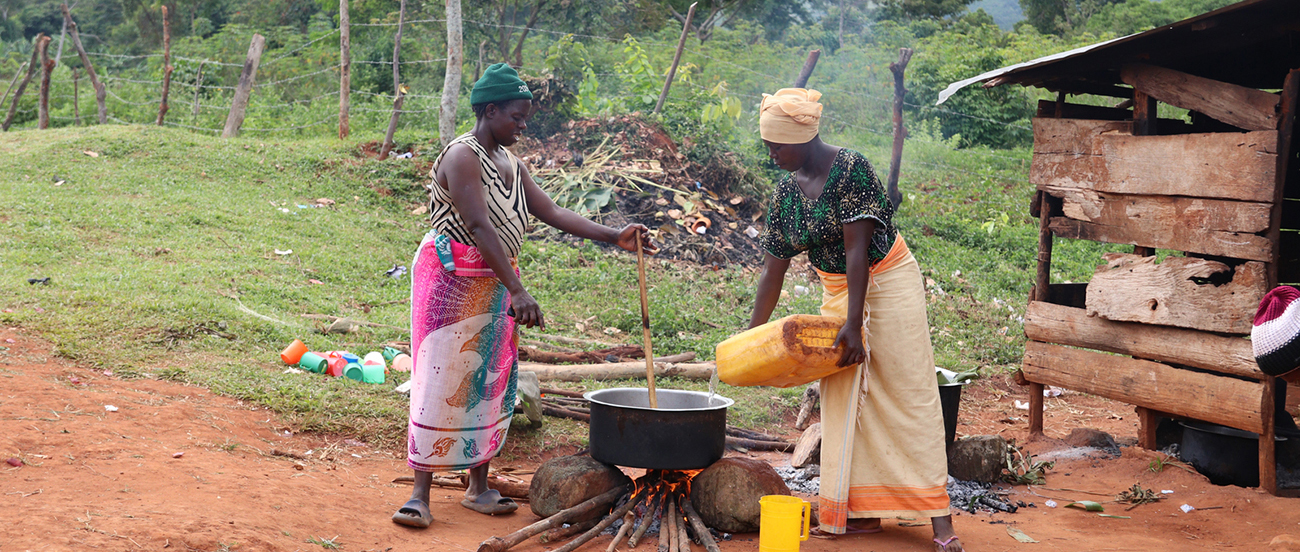
-
Approximately 719 million people in the world live in extreme poverty and make less than $2.15 a day. Source
-
One in every 6 children lives in extreme poverty, and the negative effects of poverty and deprivation in the early years have ramifications that can last a lifetime. Source
-
The 719 million people living in extreme poverty struggle to fulfill the most basic needs like health, education, and access to clean water and sanitation.
Source
Regional Poverty
Poverty can look different in different countries and regions, and vulnerable people are disproportionately affected in some regions. In these communities, it is even harder to escape the heavy toll that issues of poverty exact on families.
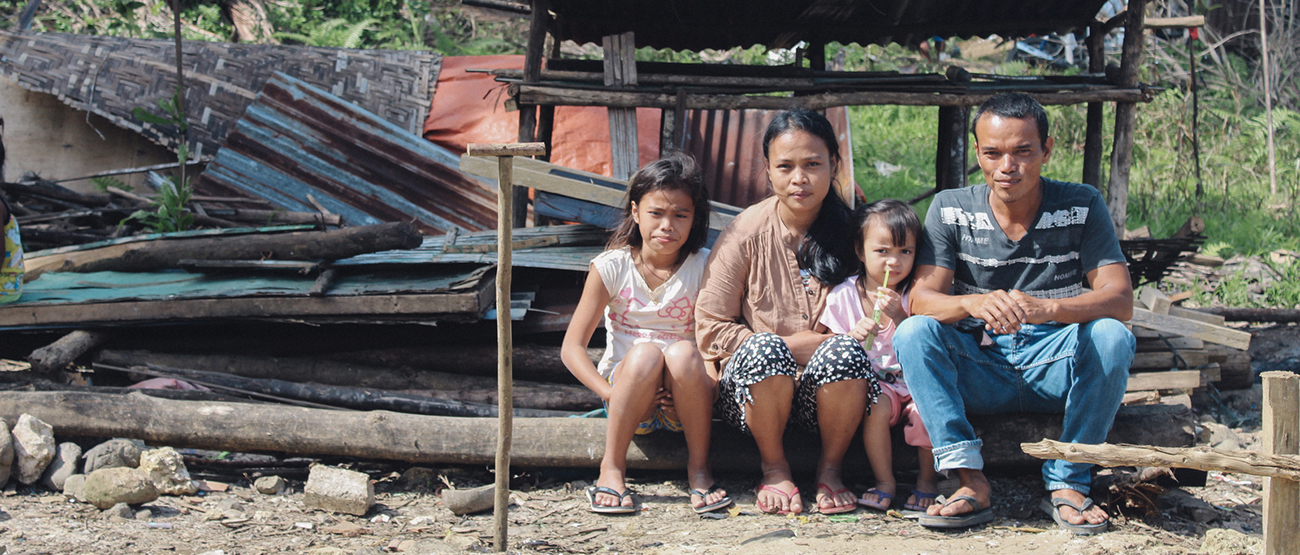
Here are the kinds of crises affecting specific regions where our partners work:
-
In nine Southern African countries, more than 11 million people, most living in poverty, are experiencing crisis or emergency levels of food insecurity due to deepening drought and other severe weather events. Source
-
In Haiti, 5.2 million people living in poverty need urgent humanitarian support, including nearly 3 million children, due to food insecurity, rampant gang violence, and natural disasters like earthquakes and hurricanes. Source
-
In the Philippines, nearly a quarter of a million adult Filipinos trafficked children to produce new child sexual exploitation material in 2022. Most of the children live in poverty and are exploited to make money. Source
-
In Central American countries, gang violence, food insecurity, and climate change are pushing hundreds of thousands of people each year to flee to another country, like the United States. Source
Child Mortality
According to the United Nations, over the last three decades the world made extraordinary progress in child survival. Today, millions of children have better survival chances than in 1990 — 1 in 26 children died before reaching age 5 in 2021, compared to 1 in 11 in 1990. Despite this progress, improving child survival is still a vital concern in the countries where our partners work. Source
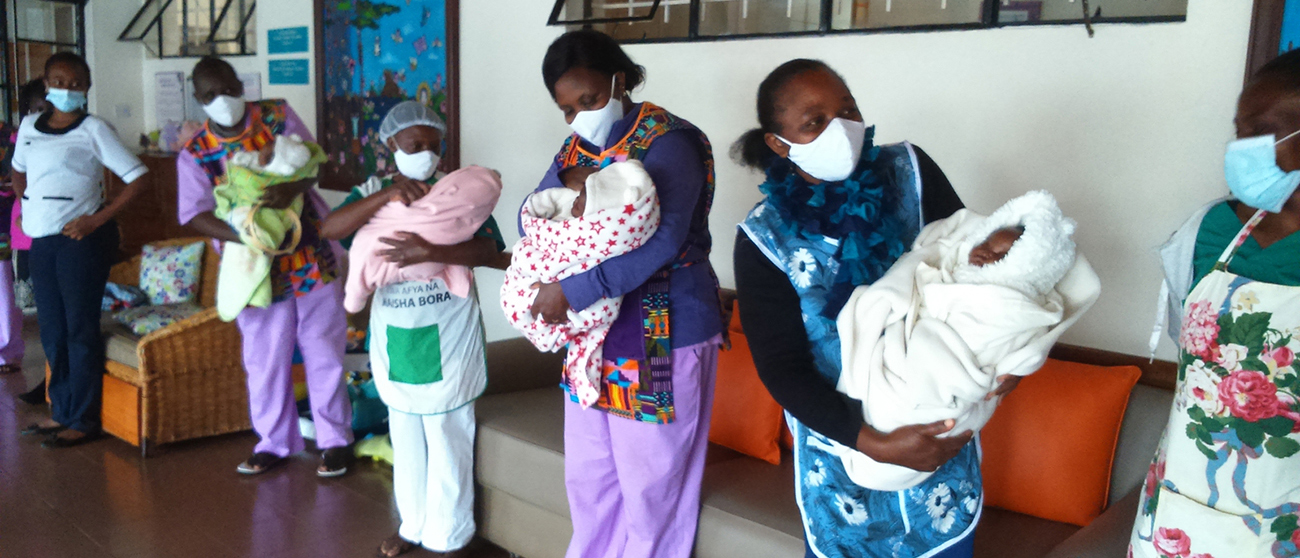
-
About 13,800 kids younger than 5 die every day, mostly from preventable, treatable illnesses like pneumonia, diarrhea, and malaria. Source
-
An estimated 2.1 million children and youths ages 5–24 died in 2021 alone; 43% of those deaths occurred in the adolescent period, ages 10–19. Source
-
The average risk of dying between age 5 and age 24 in sub-Saharan Africa was over 10 times higher than in the Western Europe region, which has the lowest mortality rate for 5–24-year-olds. Source
-
About 48% of deaths to children and youths ages 5–24 occurred in sub-Saharan Africa, followed by South Asia with about 23%. Source
Climate Change
Climate change is a direct threat to the well-being of vulnerable people in the countries where our partners work. More frequent natural disasters like hurricanes, typhoons, and drought threaten crops, livestock, and livelihoods. Every child deserves a livable planet. In 2023, 39 countries — including several where OneChild works — signed the Declaration of Education and Climate Change, which promotes climate change education. Many of these countries are testing innovative learning paths, supporting youths as change-makers to advance environmental sustainability. Source
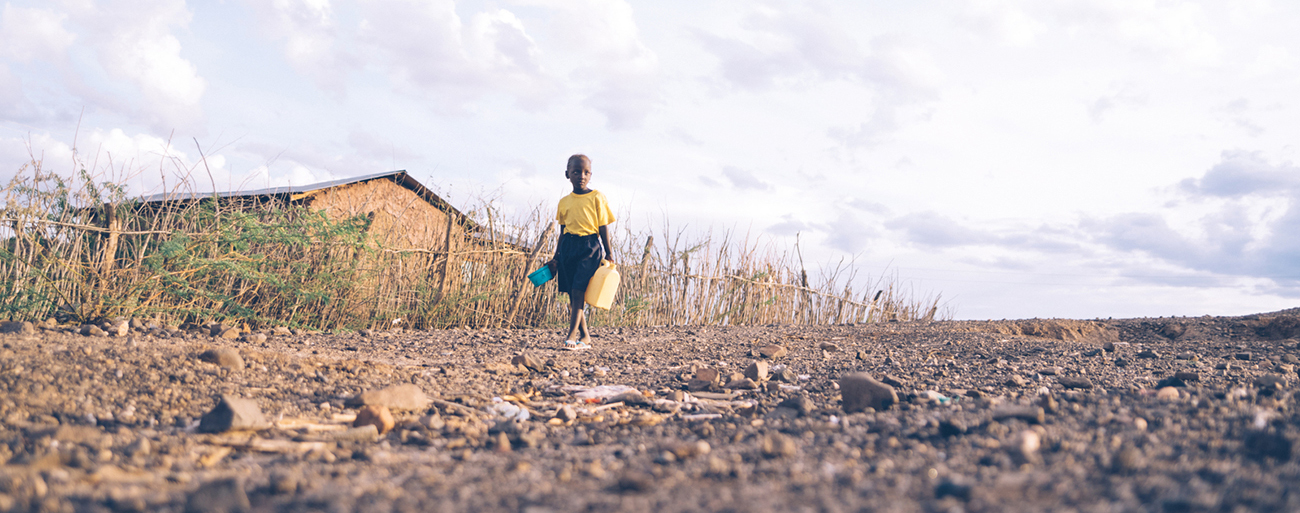
-
Approximately 1 billion children (nearly half of the world’s children) live in extremely high-risk countries. Source
-
Over 1 billion children are at extremely high risk of the impacts of the climate crisis. These crises will not affect everyone equally — children will suffer more than adults, with those in the poorest communities bearing the biggest burden. Source
-
Over 99% of children globally are exposed to at least one of the climate and environmental stresses such as water scarcity, flooding, disease exposure, and air pollution. Source
-
Due to rising temperatures, the habitat for mosquitoes that transmit malaria, dengue fever, and yellow fever is projected to almost certainly expand, which takes a greater toll on communities already suffering greatly from these diseases. Source
-
Nearly 34 million more people, mostly in sub-Saharan Africa and South Asia, are expected to be pushed into extreme poverty due to increased food prices caused by lower crop yields. Source
Disability
Millions of children with disabilities around the globe continue to be left behind and remain politically and socially “invisible,” increasing their marginalization and exposure to rights violations. However, every child, no matter their ability, offers energies and ideas that can make a positive difference to communities. Bridgely partners work on creating opportunities for leadership and participation for youths with disabilities. Source
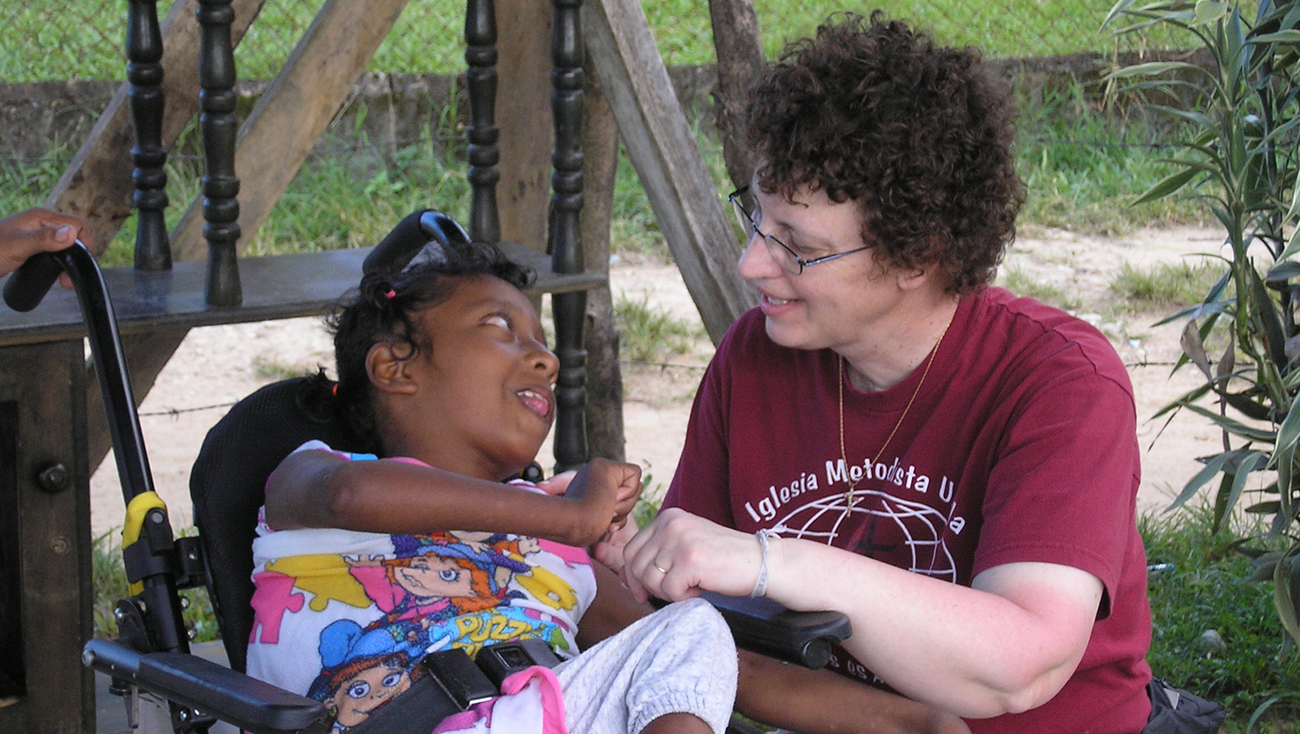
-
One billion people, or 15% of the world’s population, have a disability and are more likely to experience adverse socioeconomic outcomes than people without disabilities. Source
-
Ninety percent of children with disabilities in developing countries do not attend school. Source
-
Nearly 240 million children have disabilities — 1 in 10 of all children worldwide. Source
-
Compared with children without disabilities, children with disabilities are 41% more likely to feel discriminated against; 49% more likely to have never attended school; 32% more likely to experience severe physical punishment at home; and 51% more likely to consider themselves unhappy. Source
Education and Literacy
Access to primary education is a basic right of every child. A quality education can build a solid foundation and open avenues for future success. Education plays a crucial role in reducing extreme poverty and promoting positive social changes. That’s why Bridgely partners work to give children access to education and the ability to stay in school.
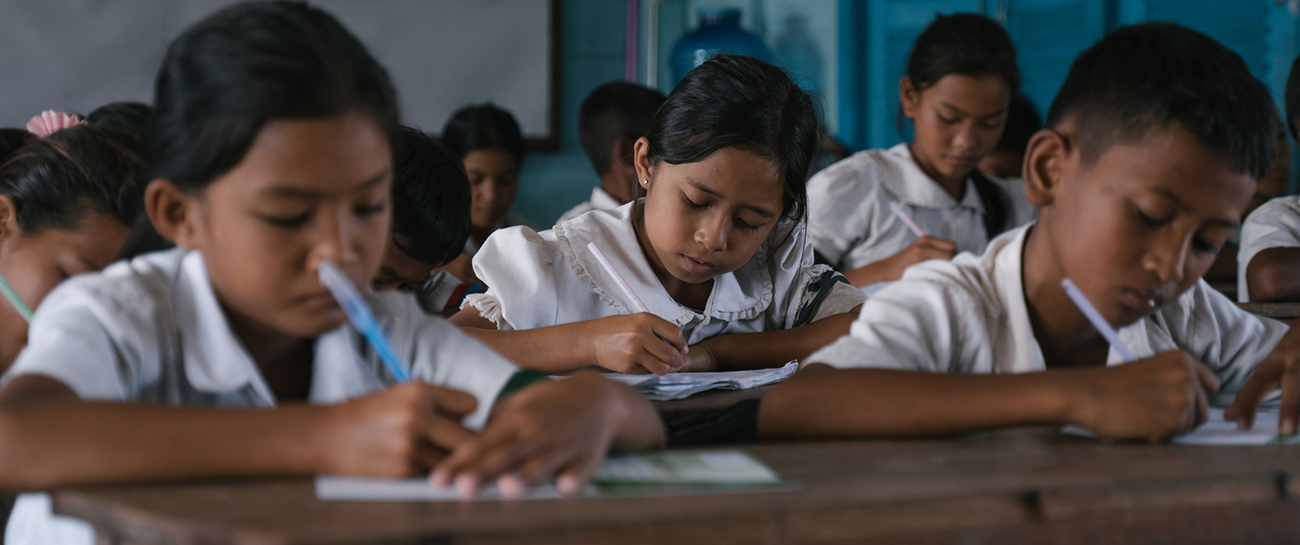
-
The COVID-19 pandemic led to prolonged school closures, particularly in lower-income countries, and worsened learning inequality among children. In poorer communities, kids have suffered even larger learning losses. Source
-
Learning poverty has increased by a third in low- and middle-income countries, with an estimated 70% of 10-year-olds unable to understand a simple written text. Source
-
Worldwide, nearly 90% of children attend primary school, but that number drops to 74% in poor households. Source
-
In West and Central Africa, less than 30% of the children from the poorest households complete primary education. Source
Food Insecurity
Access to adequate amounts of food and healthful food has long-lasting benefits. Pregnant mothers with adequate nutrition have healthier babies, and children who have nutritious food get sick less often and do better in school. And while global hunger numbers stalled between 2021 and 2022, access to food remains a problem throughout the world for people living in poverty.
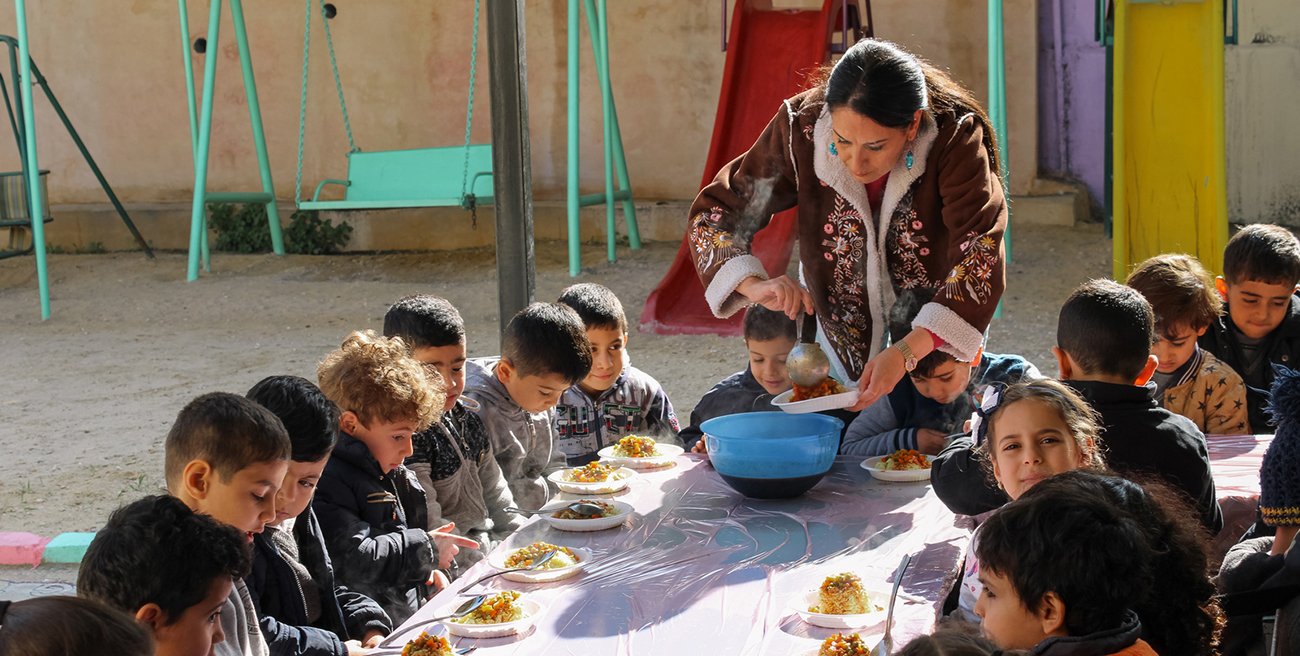
-
Between 691 and 783 million people faced hunger in 2022. Source
-
Over 122 million more people are facing hunger in the world since 2019 due to the COVID-19 pandemic, repeated weather shocks, and conflicts. Source
-
The capacity of people to access healthy diets has deteriorated across the world: More than 3.1 billion people in the world — or 42% — were unable to afford a healthy diet in 2021. This represents an overall increase of 134 million people compared to 2019. Source
-
Millions of children under 5 continue to suffer from malnutrition: In 2022, 148 million children under age 5 (22.3%) were stunted, 45 million (6.8%) were wasted, and 37 million (5.6%) were overweight. Source
Forced Child Labor
Children are classified as child laborers when they are either too young to work or are involved in hazardous work that may endanger their health and safety or compromise their physical, mental, social, or educational development.
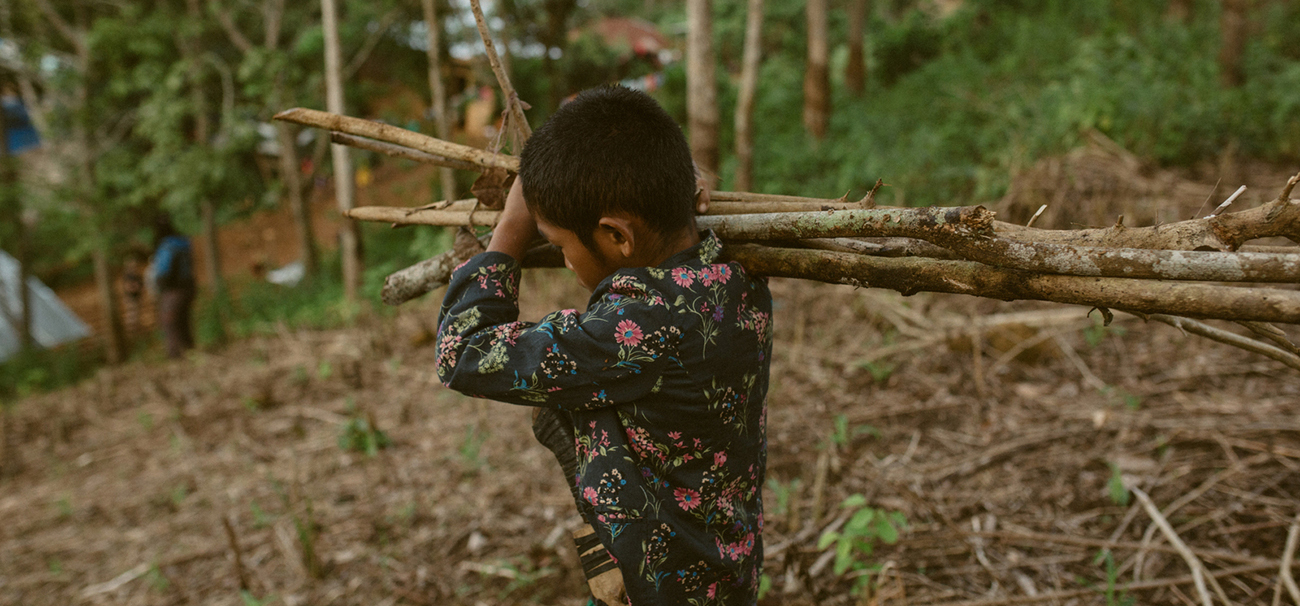
-
Around the world, 160 million children ages 5–17 are involved in child labor. Source
-
Unfortunately, huge challenges still remain in sub-Saharan Africa, where 1 in 4 children are involved in child labor. Source
-
In the world’s poorest countries, slightly more than 1 in 5 children are engaged in work that is potentially harmful to their health. Source
-
In all regions, boys and girls are equally likely to be involved in child labor. However, gender disparities are often observed in the types of activities carried out, with girls far more likely to be involved in unpaid household services. Source
Gender Equality
Child marriage, defined as a formal marriage or informal union before the age of 18, is a fundamental violation of human rights, threatening the lives, well-being, and futures of girls around the world. However, some progress is being made in reducing the number of child marriages. Ten years ago, 1 in 4 young women aged 20 to 24 was married as a child. That number today has fallen to 1 in 5, thanks to progress in such countries as India, Bangladesh, and Ethiopia. Bridgely Partners work to protect children from these issues by offering them safe places to learn and grow and advocating for their rights.

-
Approximately 650 million women and girls alive today were married before their 18th birthday. Source
-
Primary education provides the foundation for a lifetime of learning. Most countries have achieved gender parity in primary enrollment, but in many countries, disparities disadvantaging girls persist. Source
-
In countries that have not reached parity, particularly in Africa, the Middle East, and South Asia, girls are more likely to be disadvantaged than boys. In Chad and Pakistan, for example, the GPI value is 0.78 and 0.84 respectively, meaning that 78 girls in Chad and 84 girls in Pakistan are enrolled in primary school for every 100 boys. Source
-
In most countries with water off premises, the burden of water collection disproportionately falls on women. Source
-
Inadequate drinking water, sanitation, and hygiene (WASH) pose critical health risks to all children, but have additional implications for the health, psychosocial well-being, and mobility of women and girls. Source
-
When households lack water supplies on their premises, members must spend time and energy collecting water. In sub-Saharan Africa, one round trip to travel to a water source, collect water, and return home takes an average of 33 minutes in rural areas and 25 minutes in urban areas — and often, more than one trip per day is necessary to meet the needs of the household. Source
-
This is time that could be spent on productive and leisure activities — or in the case of children, on attaining an education. Water collection can also result in injuries, especially to young girls and pregnant women, and expose women and girls to risk of sexual violence while traveling back and forth to the water source. Source
Human Rights
Poverty is a violation of children’s rights. Poverty can lead to lower income and health levels in adulthood. It deprives children of their fundamental right to life, education, medical care, clean water, food, shelter, security and protection. That’s why Bridgely’s partners are passionate about alleviating poverty around the world and advocating for the value of every life.

-
One in 4 children under the age of 5 do not officially exist. These children do not have a birth certificate. This lack of proof of legal identity means they cannot gain access to rights and protections or universal access to social services. Source
-
In recent years, the United Nations verified 266,000 cases of grave rights violations against children in more than 30 conflict situations across Africa, Asia, the Middle East, and Latin America. Source
-
Around the world, more than 61 million children do not attend primary school. Source
-
An estimated 150 million girls and 73 million boys are sexually assaulted every year. Source
-
In some countries, girls as young as 9 are forced into marriage and children as young as 6 are judged as adults in criminal courts. Source
Online Sexual Exploitation of Children
Every child needs to be protected from violence and online abuse. Children can be victimized by someone producing, distributing, or consuming sexual abuse materials. Or children may be groomed for sexual exploitation when abusers try to meet them in person or blackmail them for explicit content. Although significant challenges remain for children in impoverished countries, progress has been made in tackling online child sexual exploitation and abuse across many low- and middle-income countries, according to UNICEF.
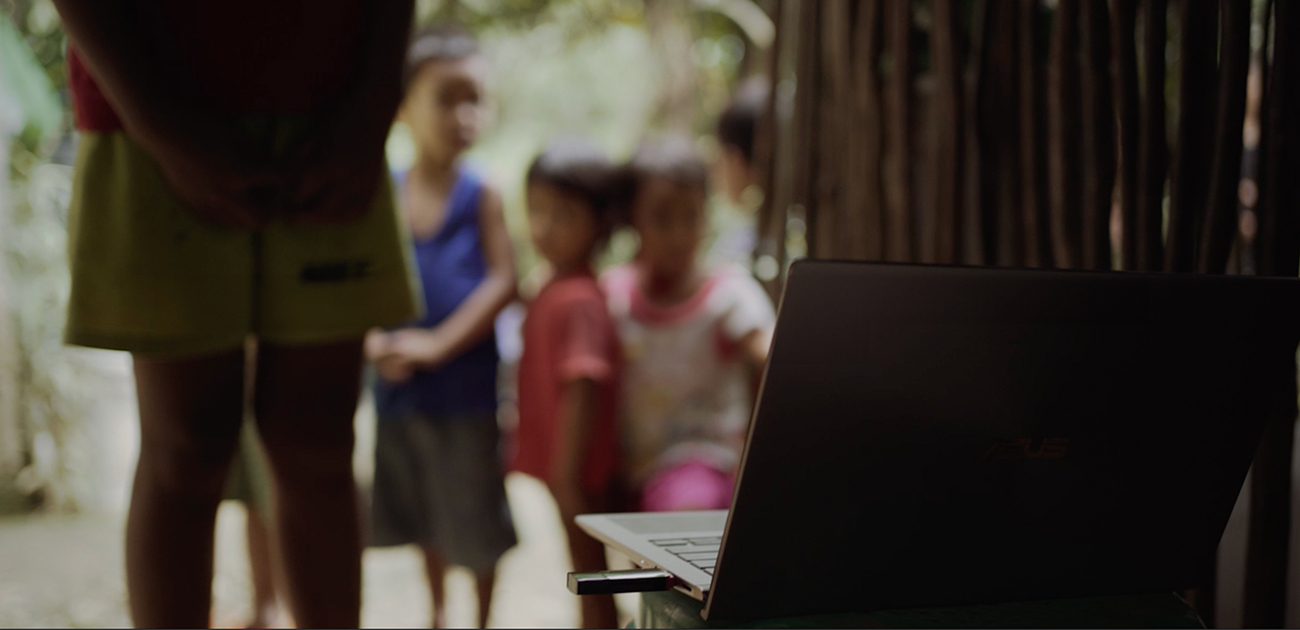
-
About 12% of all those in forced labor are children. More than half of these children are in commercial sexual exploitation. Source
-
Of the 27.6 million people in forced labor, 17.3 million are exploited in the private sector; 6.3 million are in forced commercial sexual exploitation; and 3.9 million are in forced labor imposed by the state. Source
-
Approximately 49.6 million people were living in modern slavery in 2021, of which 27.6 million were in forced labor and 22 million in forced marriage. Source
-
The Asia and the Pacific regions have the highest number of people in forced labor (15.1 million) and the Arab States have the highest prevalence (5.3 per 1,000 people). Source
-
Women and girls account for 4.9 million of those in forced commercial sexual exploitation, and for 6 million of those in forced labor in other economic sectors. Source
Safe Water and Sanitation
Universal access to safe drinking water is a fundamental need and human right. Securing access for all would go a long way in reducing illness and death, especially among children. One of the core values of the Bridgely Pillars is to emphasize local ownership to find sustainable solutions to these types of problems.

-
More than 2 billion people still lack access to safely managed water services, including 1.5 billion with “basic services,” 292 million with “limited” water, 296 million who used unimproved sources, and 115 million who still collect drinking water directly from rivers, lakes, and other surface water sources. Source
-
There are pronounced disparities among people who don’t have access to safely managed water sources. The poorest and those living in rural areas are least likely to have access to a basic service. And in most countries, the burden of water collection continues to fall mainly to women and girls. Source
-
Since 2000, 2.5 billion people have gained access to safely managed sanitation services. Still, in 2022 3.5 billion people lacked safely managed services, of which approximately 1.9 billion had basic services. Source
-
Among the 1.5 billion people lacking even basic services, 570 million share improved sanitation facilities with other households, and 545 million use “unimproved” facilities, while 419 million practice open defecation. Source
-
Nine out of 10 people practicing open defecation live in rural areas, and more than 50% of them live in sub-Saharan Africa and Central and Southern Asia. Source
Violence
Violence against children and women are major global human rights and public health problems that hinder development. Violence and its consequences affect kids, teens, and women across their lifetimes. Source

-
More than half the world’s children — 1 billion children — report having experienced some form of violence in a previous year. Source
-
In certain cultures, violence may be perceived as a normal and acceptable way to resolve conflict, whether the conflict is personal or regional. Source
-
In some countries, 40% to 45% of girls and boys ages 15–19 years consider a husband to be justified in hitting or beating his wife for a variety of “infractions,” like burning dinner. Source
-
In a majority of countries, more than 2 in 3 children are subjected to violent discipline by caregivers. Source
-
Globally, around 1 in 5 adolescent girls have experienced recent intimate partner violence. Source
-
Gang violence, political instability, poverty, and increasing natural disasters have resulted in tens of thousands of children and their families fleeing their home countries each year in regions of Central America, the Caribbean, Africa, and Asia. Source












